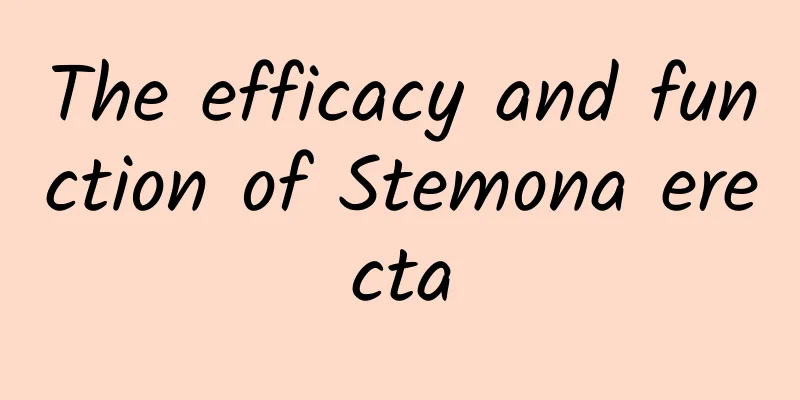The efficacy and function of hollyhock

|
Thunbergia ovata is a kind of Chinese herbal medicine. We can use Thunbergia ovata to treat many diseases, and it also has good health-preserving effects. Therefore, we can use the different medicinal effects of Thunbergia ovata to solve some small problems that bother us in life. [Source] Medicinal material source: the leaves or fruits of the wild jasmine plant of the Styracaceae family. [Original form] Shrub or small tree, 4-8m high, rarely up to 10m. The bark is gray-brown or dark brown, and the young branches are covered with light yellow star-shaped hairs, which later become hairless. Leaves are alternate; petiole 5-10mm long, sparsely covered with stellate short soft hairs; leaf blade elliptic or oblong-elliptic to ovate-elliptic, 4-10cm long, 1.5-6cm wide, acute or acuminate at apex, cuneate or broadly cuneate at base, entire or sparsely serrated in upper part, glabrous and slightly rough above except for veins sparsely covered with stellate hairs, below with white whiskers only at the confluence of main vein and lateral veins; 5-7 pairs of lateral veins. Flowers are solitary in leaf axils or 2-5 in racemes, 5-8cm long; pedicels are slender, glabrous, 2-3cm long; bracteoles are linear or linear-lanceolate, glabrous, and easy to fall off; calyx is cup-shaped, with 5 short teeth; flowers are white, corolla is 5-lobed, lobes are ovate, obovate or elliptical, and both sides are covered with stellate hairs; stamens are 10, filaments are of equal length, separated in the upper part, united into a tube in the lower part, and covered with long white hairs in the lower part. The fruit is nearly spherical to ovoid, 8-10mm in diameter, with a small tip and densely covered with yellow star-shaped hairs on the outside. The seeds are brown with deep wrinkles on the surface. The flowering period is from April to July, and the fruiting period is from July to November. [Habitat distribution] Ecological environment: Growing in forests at an altitude of 400-1800m. 【Nature and flavor】 Pungent; bitter; warm; slightly toxic 【Functions and indications】 Dispel wind and dampness; relax muscles and tendons and dredge meridians. Treats rheumatism, arthralgia, and paralysis [Usage and Dosage] For oral use: decocted in water, 3-10g. 【Excerpt】 Chinese Materia Medica The above is some introduction to the effects and functions of the traditional Chinese medicine Vitis vinifera. Vitis vinifera is of great help to human diseases, but it is worth noting that we should use symptomatic medication according to our personal physical condition and avoid indiscriminate consumption. |
<<: The efficacy and function of barley
>>: The efficacy and function of monkey bones
Recommend
Where was the original "China"? What did it look like?
The ancient city of Taosi lies in the northeast o...
The efficacy and function of beaded ear moss
After thousands of years of sedimentation and acc...
From childhood to adulthood, how many things have your parents done to hurt you?
One minute with the doctor, the postures are cons...
Evaluation of 15 cooking oils: Is the oil you eat every day "really delicious" or "really deadly"?
God! If you find out that the oil you like is pro...
With this material, you will never have to worry about not having water to drink?
Produced by: Science Popularization China Author:...
Are there any side effects if I take too much maca?
Because many people understand the health benefit...
Top Ten Precious Chinese Medicines
Chinese herbal medicine is what we call tradition...
The efficacy and function of frozen green thorn
Traditional Chinese medicine is very helpful in t...
The efficacy and function of Herba Potentillae
The nutritional value of the herb is rich and its...
International Olympic Day | Strange knowledge has been added! Can you believe it? These were once Olympic events!
According to data from the World Health Organizat...
The efficacy and function of longan shell [picture]
Longan shell [picture] is a kind of Chinese medic...
When can you take the quick-acting heart-saving pills? How can they work quickly to save your heart? A heart expert explains!
Many heart disease patients ask me when they are ...
It's all tap water, why do foreigners drink it directly?
Review expert: Wang Guoyi, Postdoctoral Fellow in...









